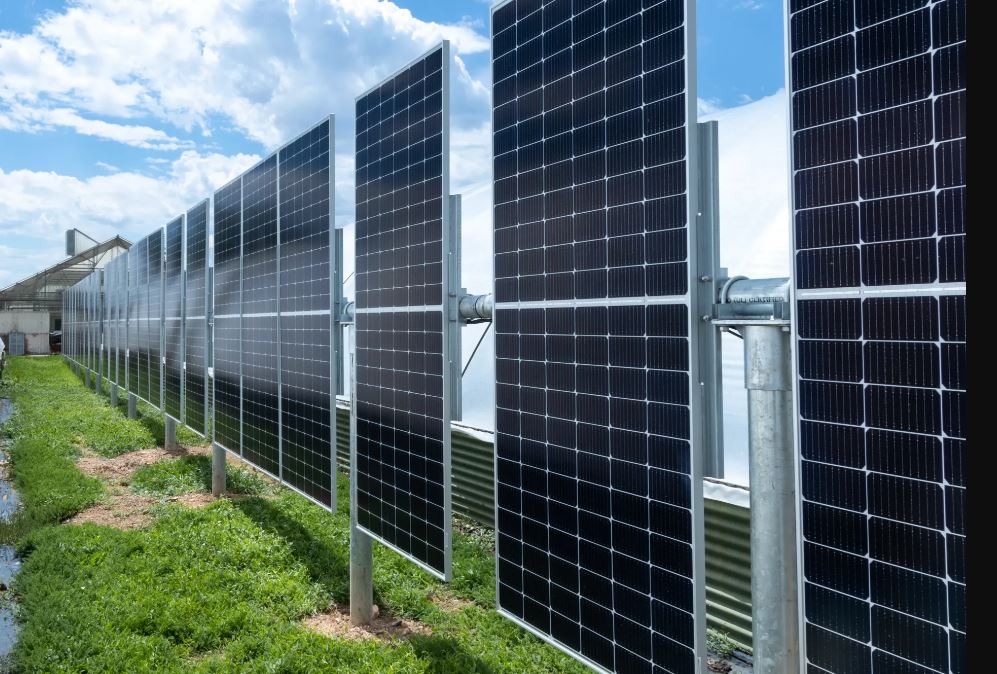目录
In the realm of solar energy, the terms “solar panel” and “solar module” often crop up in discussions about harnessing the power of the sun for electricity generation. While these terms are sometimes used interchangeably, there are nuanced differences between the two components that are worth exploring. This article aims to delve deeper into the distinctions between solar panels and solar modules, providing readers with a comprehensive understanding of their functionalities, applications, and advantages to guide informed decisions when considering solar power solutions.

太阳能板
– Composition: Solar panels are constructed using individual solar cells made of semiconductor materials like silicon. These cells are interconnected and encapsulated within a protective layer, typically tempered glass, to form a single panel.
– Efficiency: Different types of solar panels, such as monocrystalline and polycrystalline, offer varying levels of efficiency and performance. Monocrystalline panels are known for their higher efficiency and sleek black appearance, while polycrystalline panels are more cost-effective but slightly less efficient.
– Durability: Solar panels are designed to withstand harsh environmental conditions, ensuring longevity and reliable performance over their operational lifespan.
– Applications: Solar panels are versatile and can be used in a wide range of applications, from residential rooftop installations to large-scale commercial and utility-grade solar farms.
太阳能电池组件
– Integration: Solar modules consist of multiple interconnected solar panels arranged in a larger unit. These panels work collectively to generate higher power outputs than individual panels alone.
– Scalability: Solar modules offer scalability, allowing for the easy expansion of solar power systems by adding more modules as energy needs grow.
– Installation: Solar modules are typically installed as a single unit, simplifying the installation process for larger solar arrays. This integrated approach streamlines the wiring and mounting of multiple panels.
– Efficiency Gains: The combined configuration of solar modules results in increased efficiency and power output, making them suitable for applications requiring higher electricity generation capacity.
主要区别和注意事项
– Size and Capacity: Solar panels are smaller units with a fixed power capacity, while solar modules offer greater power output due to the combined capacity of interconnected panels.
– Cost and ROI: While solar modules may have a higher upfront cost than individual panels, their enhanced efficiency and performance can lead to greater long-term returns on investment.
– Versatility: Solar panels are versatile and can be used in various settings, whereas solar modules are ideal for applications demanding higher power generation capabilities.
结论
通过了解太阳能电池板和太阳能模块之间的细微差别,个人和企业可以在选择最适合其特定需求的太阳能解决方案时做出明智的决定。无论是为小型安装选择单个电池板,还是为大型项目选择集成模块,关键在于将选择与能源需求、空间限制、预算考虑和效率目标相结合。太阳能在向可持续发电的过渡中发挥着关键作用,选择正确的太阳能技术是迈向更清洁、更光明的太阳能未来的重要一步。
认识作者
中南太阳能有限公司(森能)
中南太阳能有限公司(SUNERGY)成立于 2008 年,是太阳能领域的创新和卓越典范。作为一家高科技企业,SUNERGY 致力于太阳能技术的全面进步,涵盖太阳能电池组件和光伏发电系统的研发、生产、销售和服务。
凭借对质量和可持续性的坚定承诺,SUNERGY 已成为光伏行业的领先品牌。我们卓越的声誉建立在行业领先的组件研发能力和制造水平的基础上,确保交付的每件产品都符合最高标准。
作为绿色、可持续未来的倡导者,SUNERGY 的专家们热衷于帮助个人和社区利用太阳能。通过他们的专业知识和奉献精神,他们继续通过一块块太阳能电池板为更美好的明天铺平道路。

